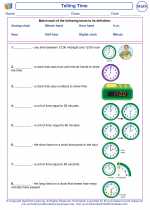A lunisolar calendar is a type of calendar that is based on both the phases of the Moon and the position of the Sun relative to the Earth. This type of calendar is commonly used in many traditional cultures and religious practices to determine the dates of important events, such as religious holidays and agricultural activities.In a lunisolar calendar, the months are based on the phases of the Moon, with each month beginning on the day of the new moon. This means that the length of each month can vary, as the lunar cycle is approximately 29.5 days long. To keep the lunar months aligned with the seasons, which are determined by the position of the Earth relative to the Sun, an additional "leap month" is added to the calendar at regular intervals. This ensures that the calendar remains synchronized with the solar year.One well-known example of a lunisolar calendar is the Hebrew calendar, which is used for determining the dates of Jewish religious holidays. The Islamic calendar is also a lunisolar calendar, with the months based on the phases of the Moon and the years based on the position of the Sun.Overall, the lunisolar calendar is a complex system that combines the cycles of the Moon and the Sun to create a calendar that is both accurate and culturally significant.
[Lunisolar Calendar] Related Worksheets and Study Guides:
.◂Math Worksheets and Study Guides First Grade. Telling Time
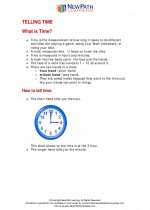
 Activity Lesson
Activity Lesson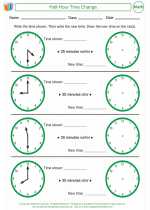
 Activity Lesson
Activity Lesson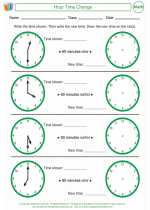
 Activity Lesson
Activity Lesson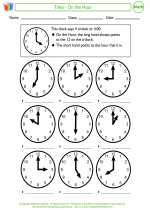
 Activity Lesson
Activity Lesson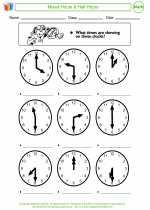
 Worksheet/Answer key
Worksheet/Answer key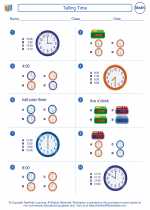
 Worksheet/Answer key
Worksheet/Answer key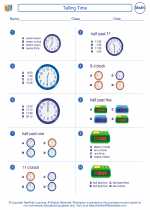
 Worksheet/Answer key
Worksheet/Answer key
 Worksheet/Answer key
Worksheet/Answer key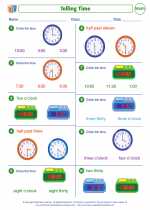
 Worksheet/Answer key
Worksheet/Answer key
 Worksheet/Answer key
Worksheet/Answer key
 Worksheet/Answer key
Worksheet/Answer key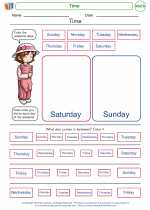
 Worksheet/Answer key
Worksheet/Answer key
 Worksheet/Answer key
Worksheet/Answer key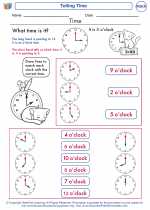
 Worksheet/Answer key
Worksheet/Answer key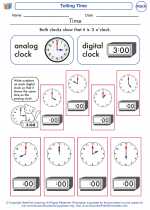
 Vocabulary/Answer key
Vocabulary/Answer key